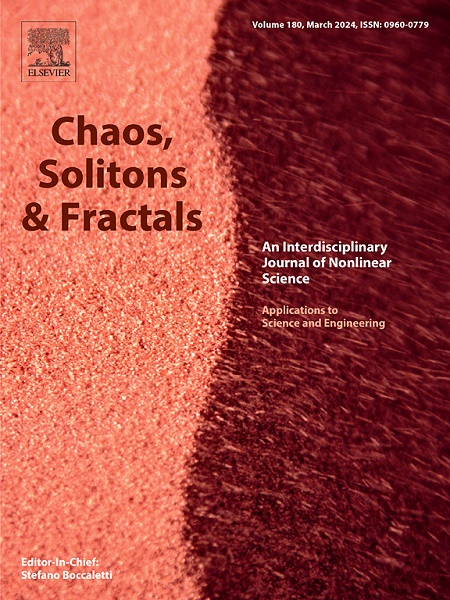基于信息扩散动力学的多元社会网络中的网络对齐
IF 5.6
1区 数学
Q1 MATHEMATICS, INTERDISCIPLINARY APPLICATIONS
引用次数: 0
摘要
现代社交网络应用程序(sna)通常依赖于独立的数据管理系统,这导致了用户身份的碎片化和数据孤岛的创建。这种碎片化阻碍了统一用户档案的发展,限制了跨平台行为分析和个性化推荐的有效性。随着对集成服务需求的增长,对跨平台统一用户身份的需求变得越来越重要。然而,现有的身份集成方法面临着数据隔离、隐私风险和缺乏通用标准等重大挑战。为了解决这些问题,我们提出了一个框架,该框架利用节点动态时间序列数据在多重社交网络中进行网络对齐。我们的方法采用UIU扩散模型来模拟跨多个平台的信息扩散动态,并使用期望最大化(EM)算法进行网络对齐。至关重要的是,我们的方法完全依赖于来自不同平台的公开用户信息,避免了访问私人用户数据的需要,从而提高了安全性。实验结果证明了该模型的有效性,在真实数据集上,层间链路的F1得分为100%,层内链路的F1得分超过90%。这些发现突出了该模型在社会影响分析、社区检测和推荐系统中的应用潜力。本文章由计算机程序翻译,如有差异,请以英文原文为准。
Network alignment in multiplex social networks using the information diffusion dynamics
Modern social networking applications (SNAs) typically rely on independent data management systems, leading to fragmented user identities and the creation of data silos. This fragmentation impedes the development of unified user profiles and limits the effectiveness of cross-platform behavioural analysis and personalized recommendations. As the demand for integrated services grows, the need for a unified user identity across platforms becomes increasingly critical. However, existing identity integration methods face significant challenges, including data isolation, privacy risks, and a lack of universal standards. To address these issues, we propose a framework that utilizes node dynamics time-series data for network alignment in multiplex social networks. Our approach employs the UIU diffusion model to simulate information diffusion dynamics across multiple platforms and uses the Expectation-Maximization (EM) algorithm for network alignment. Crucially, our method relies solely on publicly available user information from different platforms, avoiding the need for access to private user data, thereby enhancing security. Experimental results demonstrate the model’s efficacy, achieving F1 scores of 100% for interlayer links and over 90% for intralayer links on real-world datasets. These findings highlight the model’s potential for applications in social influence analysis, community detection, and recommendation systems.
求助全文
通过发布文献求助,成功后即可免费获取论文全文。
去求助
来源期刊

Chaos Solitons & Fractals
物理-数学跨学科应用
CiteScore
13.20
自引率
10.30%
发文量
1087
审稿时长
9 months
期刊介绍:
Chaos, Solitons & Fractals strives to establish itself as a premier journal in the interdisciplinary realm of Nonlinear Science, Non-equilibrium, and Complex Phenomena. It welcomes submissions covering a broad spectrum of topics within this field, including dynamics, non-equilibrium processes in physics, chemistry, and geophysics, complex matter and networks, mathematical models, computational biology, applications to quantum and mesoscopic phenomena, fluctuations and random processes, self-organization, and social phenomena.
 求助内容:
求助内容: 应助结果提醒方式:
应助结果提醒方式:


